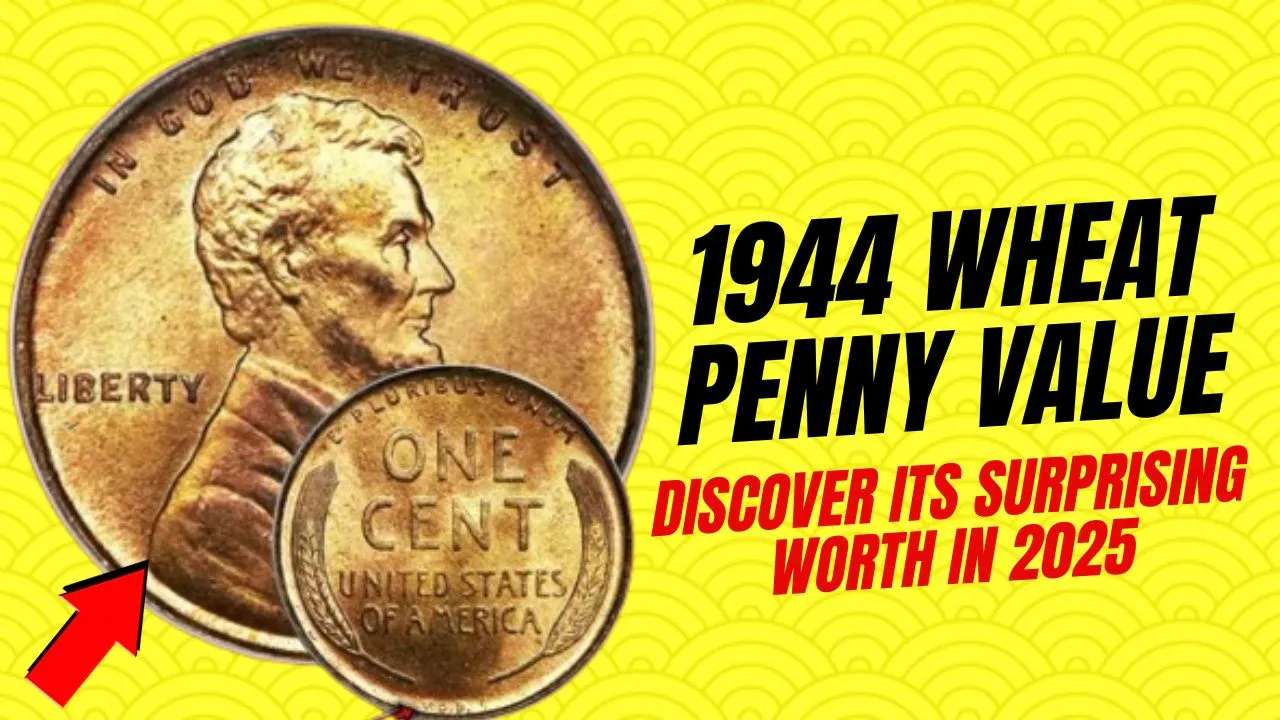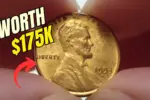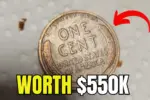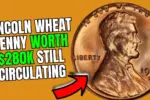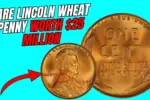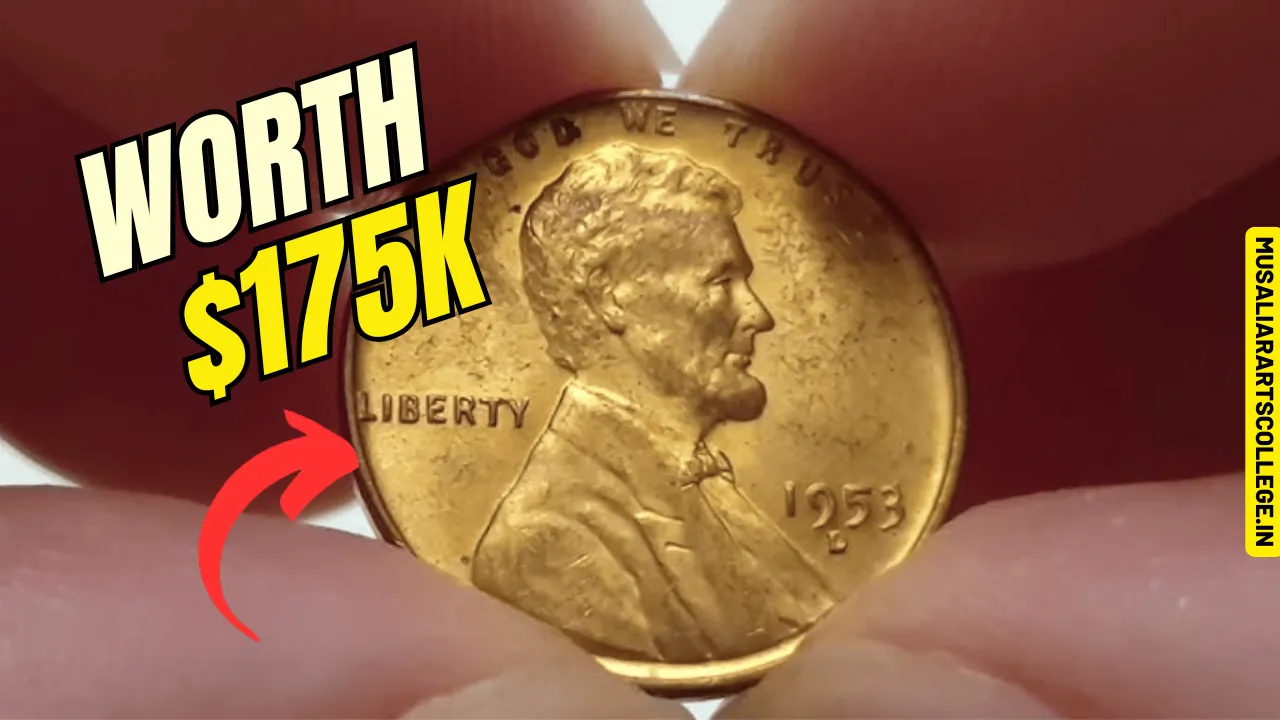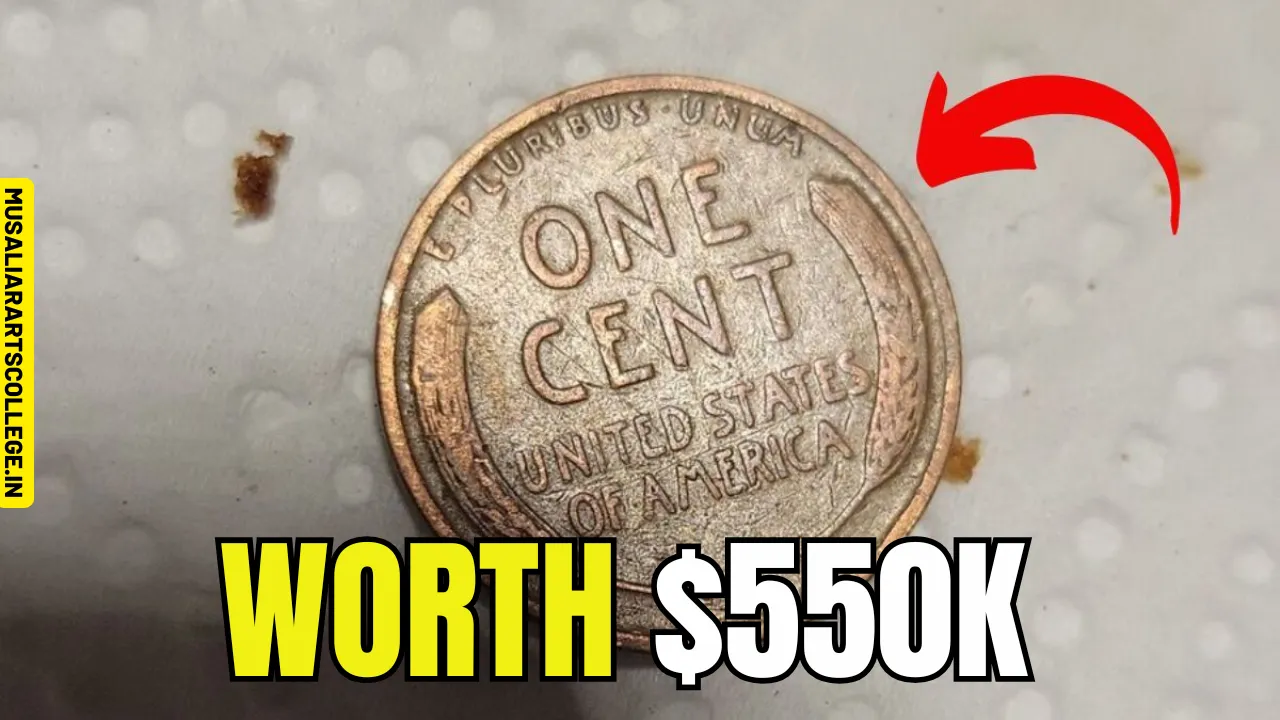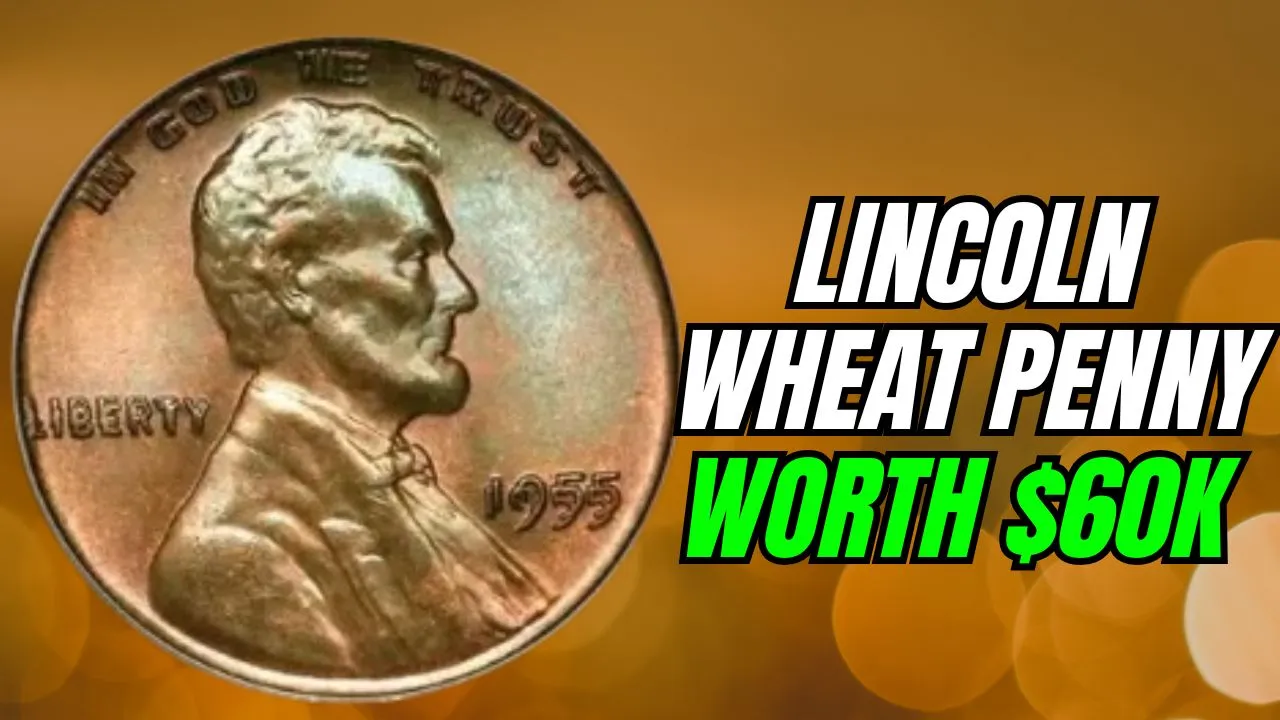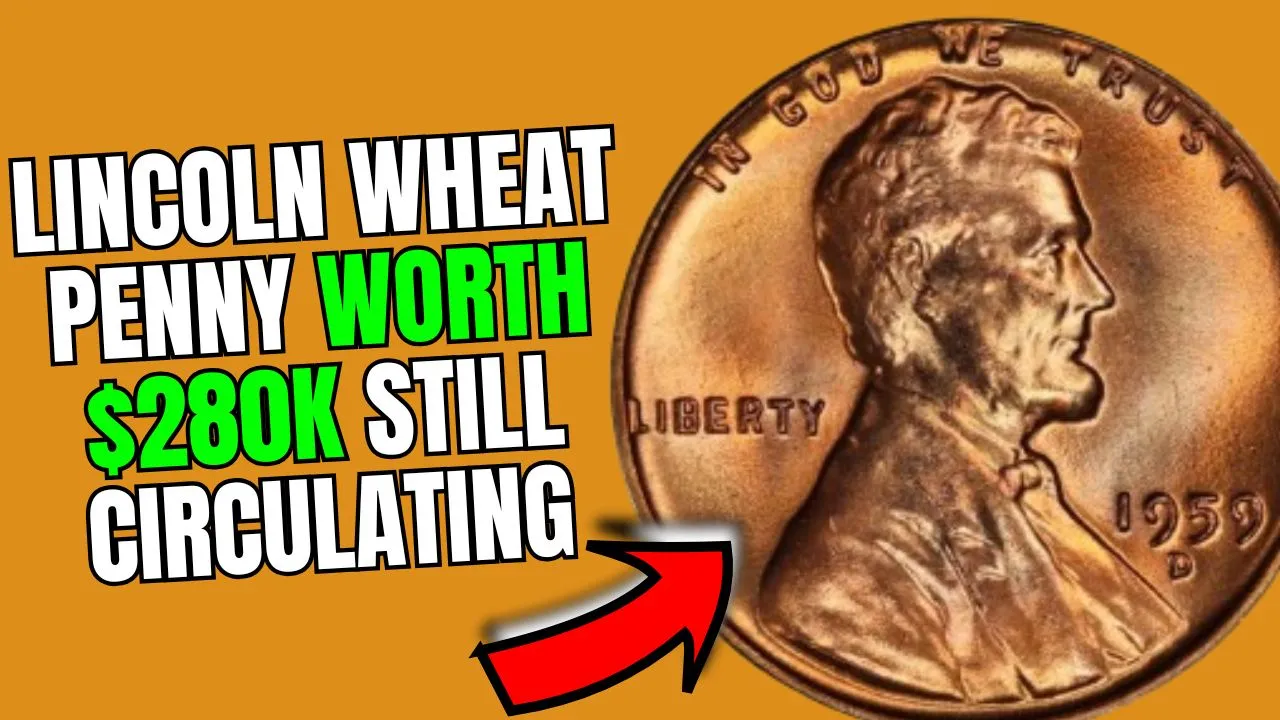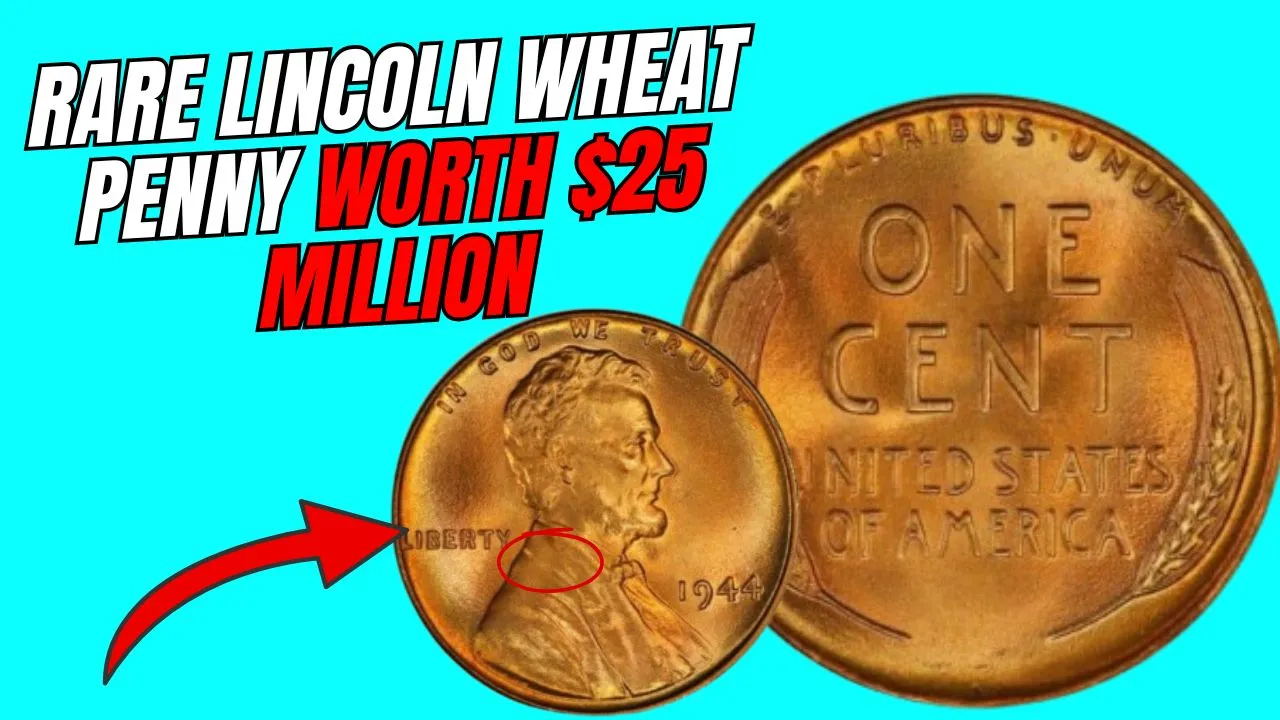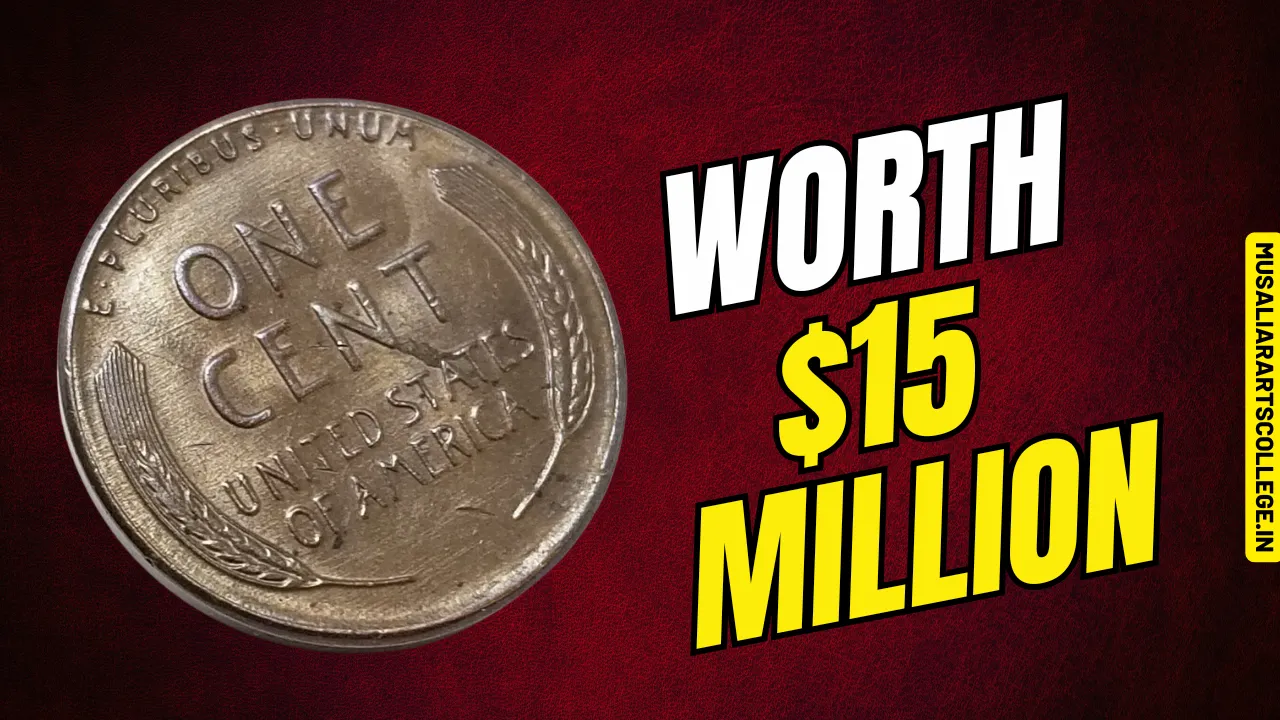1944 Wheat Penny Value: The 1944 Wheat Penny Value continues to captivate coin collectors and enthusiasts worldwide. This small copper coin holds historical significance and varying levels of rarity, making it a sought-after piece in the world of numismatics. While many 1944 Wheat Pennies are common and carry modest value, rare variations, such as the 1944 Steel Wheat Penny, can be worth a small fortune.
In this article, we’ll break down everything you need to know about the 1944 Wheat Penny Value—its historical background, factors that influence its price, rare editions, and how you can determine if your penny is valuable. Whether you’re an experienced collector or someone who stumbled upon this penny in your loose change, this guide will provide valuable insights.
Overview of the 1944 Wheat Penny Value
| Feature | Details |
| Designer | Victor D. Brenner |
| Composition | 95% Copper, 5% Zinc |
| Mint Locations | Philadelphia, Denver, San Francisco |
| Rare Variation | 1944 Steel Wheat Penny |
| Common Value Range | $0.02 – $2.80 |
| Rare Variant Value | Up to $500,000 |
The History Behind the 1944 Wheat Penny
The 1944 Wheat Penny was minted during a critical time in American history—World War II. In 1943, the U.S. Mint switched from copper to zinc-coated steel pennies to conserve copper for war supplies. However, the steel coins faced backlash because they rusted quickly and were often confused with dimes.
In 1944, the U.S. Mint returned to using copper for pennies, primarily sourced from recycled ammunition shell casings. This unique historical detail adds charm to the 1944 Wheat Penny and ties it to wartime efforts.
Key Design Elements of the 1944 Wheat Penny
Designed by Victor D. Brenner, the 1944 Wheat Penny features:
- Obverse Side: A portrait of Abraham Lincoln with the year 1944 engraved below.
- Reverse Side: Two wheat stalks framing the words “One Cent” and “United States of America.”
These design elements symbolize prosperity, growth, and national pride, making the coin more than just currency—it’s a piece of history.
1944 Wheat Penny Mint Locations and Their Impact on Value
The 1944 Wheat Penny was minted at three primary locations, and each mint mark affects its value:
- Philadelphia (No Mint Mark): Over 1.4 billion coins were minted here, making it the most common version.
- Denver (‘D’ Mint Mark): With a mintage of around 430 million, these coins are slightly less common.
- San Francisco (‘S’ Mint Mark): The rarest among the three, with just 282 million coins produced.
While all three versions are relatively common in circulated conditions, uncirculated coins and those with unique minting errors hold higher value.
1944 Wheat Penny Value Guide (2025 Estimates)
The value of a 1944 Wheat Penny depends on its mint mark and condition. Here’s a general guide:
| Condition | 1944 (No Mint Mark) | 1944-D (‘D’) | 1944-S (‘S’) |
| Good | $0.02 | $0.02 | $0.03 |
| Fine | $0.02 | $0.02 | $0.03 |
| Extremely Fine | $0.03 | $0.03 | $0.04 |
| Uncirculated | $0.99 | $1.37 | $2.80 |
While the average 1944 Wheat Penny is not extremely valuable, high-grade uncirculated coins can fetch significantly higher prices from collectors.
The Rare 1944 Steel Wheat Penny: A Hidden Treasure
Among the regular copper pennies minted in 1944, there exists a rare error—the 1944 Steel Wheat Penny. This coin was mistakenly minted using leftover steel planchets from 1943.
Estimated Value of the 1944 Steel Wheat Penny:
| Condition | Estimated Value |
| Good | $42,500 |
| Fine | $50,000 |
| Extremely Fine | $100,000 |
| Uncirculated | Up to $500,000 |
These coins are incredibly rare, with only about 30 to 40 known specimens in existence. In recent years, a 1944-D Steel Wheat Penny was auctioned for $115,000—highlighting its immense value.
Factors That Affect the 1944 Wheat Penny Value
Several key factors influence the value of a 1944 Wheat Penny:
- Mint Mark: Coins from San Francisco (‘S’ Mint Mark) often command higher prices.
- Condition: Higher-grade coins, especially uncirculated ones, are more valuable.
- Rarity: Errors, such as the 1944 Steel Wheat Penny, drastically increase value.
- Historical Appeal: Coins tied to historical events or unique stories often attract collectors.
How to Identify and Grade Your 1944 Wheat Penny
To determine the value of your 1944 Wheat Penny:
- Check the Mint Mark: Look below the date on the obverse side.
- Assess Condition: Examine the coin under good lighting for scratches, discoloration, or shine.
- Use a Magnet: If your penny sticks to a magnet, it might be a rare steel variant.
- Seek Professional Help: For accurate grading and appraisal, consult a professional coin grading service.
FAQs About the 1944 Wheat Penny Value
1. How do I know if my 1944 penny is made of steel?
Use a magnet—if it sticks, your coin might be a steel variant.
2. What does it mean if my 1944 penny has no mint mark?
It was minted in Philadelphia.
3. Are all 1944 Steel Pennies valuable?
Yes, they are incredibly rare and highly sought-after by collectors.
4. Can I sell my 1944 Wheat Penny online?
Yes, platforms like eBay and numismatic auction sites are great for selling rare coins.
Final Thoughts on the 1944 Wheat Penny Value
The 1944 Wheat Penny Value varies widely, from a few cents to hundreds of thousands of dollars, depending on mint marks, condition, and rarity. While most pennies from 1944 are common, rare variations like the 1944 Steel Wheat Penny remain treasures in the world of coin collecting.
If you have a 1944 Wheat Penny, take the time to inspect it carefully—you might just be holding a small piece of history worth a fortune.
What are your thoughts on the 1944 Wheat Penny? Share your experiences in the comments below and explore more coin-related content on our website!
